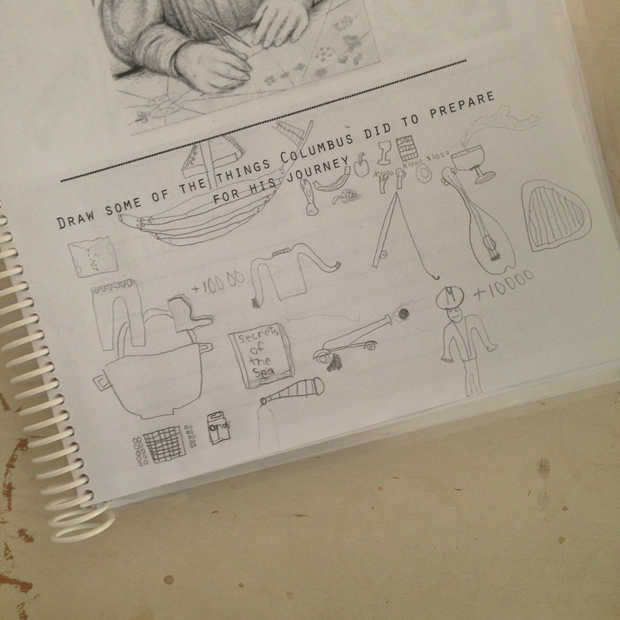Over the past couple of years I've been reading and hearing a lot about fixed versus growth mindsets and am fascinated by the topic. If this is the first time you've heard of this, I am so happy to be able to share the following 10 minute video from RSA Animate. It is the most straightforward introduction to the topic I have found and I think everyone (really!) can benefit from watching it:
Having grown up in the self-esteem boosting 1980s, my mindset was definitely influenced by praise that affirmed intelligence over effort and that worldview is definitely not something I want to pass on to my children. Therefore, I have been personally challenged by all my reading on the topic. Changing the language we use when praising the youngsters (and adults!) in our lives can be really challenging but I think that it is essential if we're going to help our kiddos become life-long learners. Of course, some people have cultivated a growth-mindset and some families are already great at encouraging effort and curiosity. In my interactions with thousands of families over the decades, I must say that I find growth-mindsets to be the exception rather than the rule. It is so easy to slip into praising naturally intelligent children for their smarts. Encouraging a child to work through a difficult math problem or diagraming a complex sentence takes a lot more time and patience. Even trying to get my two-year-old to not give up when his block towers fall over can be exacerbating. It's so much easier to just quickly build him another tower and restore his sunny spirits. Sitting out his tantrum, encouraging him to build the tower again, praising the fact that he hasn't given up, this takes more time. Yet, those 10-15 minutes of patience are more than rewarded when you see something "click" in his mind and he starts stacking those blocks, pride beaming in his face.
Children are all brilliant at seeing through empty praise. While trying to use growth-mindset language, it is important to not fall of the other side of the horse and praise every effort. Not all effort is praiseworthy and saying "Good try" at every turn will not encourage a child. Instead there should be an emphasis on future challenges. Angie Aker provides two great examples in her article on Upworthy:
I would love to hear from you! Have you heard the terms growth mindset and fixed mindset? Have you implemented some of these practices in your homeschool? Did you grow up in an environment that encouraged the development of one type of mindset over another? Comment below!
Having grown up in the self-esteem boosting 1980s, my mindset was definitely influenced by praise that affirmed intelligence over effort and that worldview is definitely not something I want to pass on to my children. Therefore, I have been personally challenged by all my reading on the topic. Changing the language we use when praising the youngsters (and adults!) in our lives can be really challenging but I think that it is essential if we're going to help our kiddos become life-long learners. Of course, some people have cultivated a growth-mindset and some families are already great at encouraging effort and curiosity. In my interactions with thousands of families over the decades, I must say that I find growth-mindsets to be the exception rather than the rule. It is so easy to slip into praising naturally intelligent children for their smarts. Encouraging a child to work through a difficult math problem or diagraming a complex sentence takes a lot more time and patience. Even trying to get my two-year-old to not give up when his block towers fall over can be exacerbating. It's so much easier to just quickly build him another tower and restore his sunny spirits. Sitting out his tantrum, encouraging him to build the tower again, praising the fact that he hasn't given up, this takes more time. Yet, those 10-15 minutes of patience are more than rewarded when you see something "click" in his mind and he starts stacking those blocks, pride beaming in his face.
Children are all brilliant at seeing through empty praise. While trying to use growth-mindset language, it is important to not fall of the other side of the horse and praise every effort. Not all effort is praiseworthy and saying "Good try" at every turn will not encourage a child. Instead there should be an emphasis on future challenges. Angie Aker provides two great examples in her article on Upworthy:
FIXED MINDSET: "You finished that puzzle so quickly — what a smart kid!"GROWTH MINDSET: "I'm sorry I wasted your time with an easy puzzle — let me find another one that will give us a bigger challenge. I know we can do it!"FIXED MINDSET: "You got an 80% on your test." (And then moving on to the next chapter immediately.)GROWTH MINDSET: "You got an 80% on your test; that means you are well on your way to knowing this stuff! If you review the ones you missed and take the test again tomorrow, I bet you'll get closer to a 100%."In choosing curriculum, I believe that it is important to look for programs that encourage this growth mindset. Charlotte Mason-style approaches naturally encourage inquisitiveness as does notebooking. When you get away from rigid standards that rely on simplistic answers and instead encourage reasoning, discussion, and the development of analytical skills, you will develop students who are much better equipped to succeed.
I would love to hear from you! Have you heard the terms growth mindset and fixed mindset? Have you implemented some of these practices in your homeschool? Did you grow up in an environment that encouraged the development of one type of mindset over another? Comment below!
We would love to hear what you think! Chime in below in the comments section and share your thoughts. Don't forget to check out our Facebook and Pinterest pages. To learn more about Beautiful Feet Books, click here.
And if you've enjoyed this, please feel free to share using the buttons below!


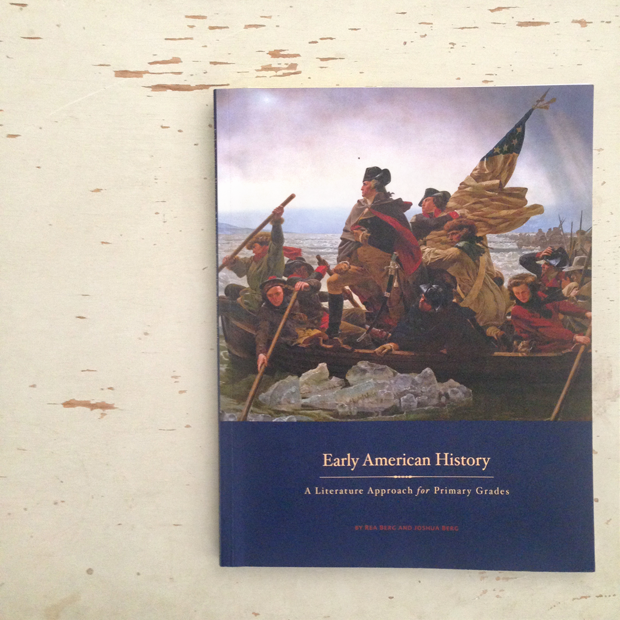
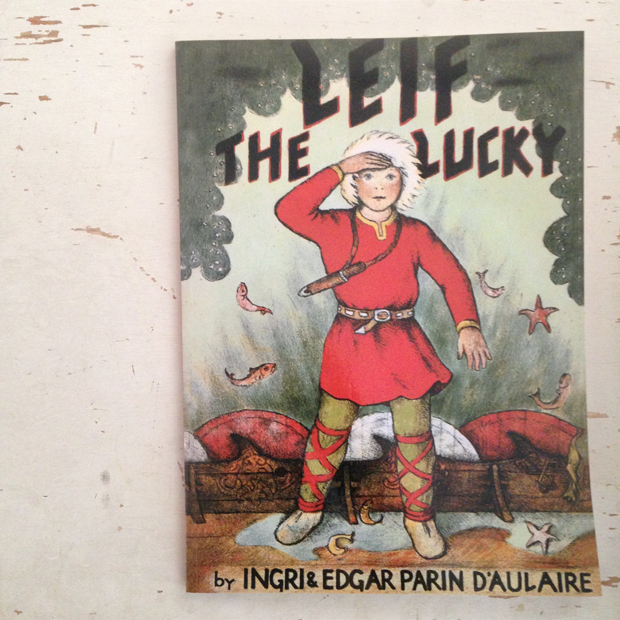
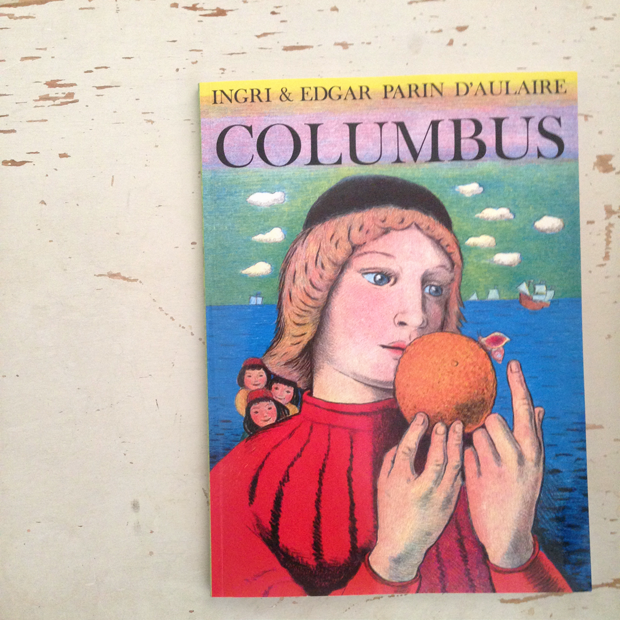
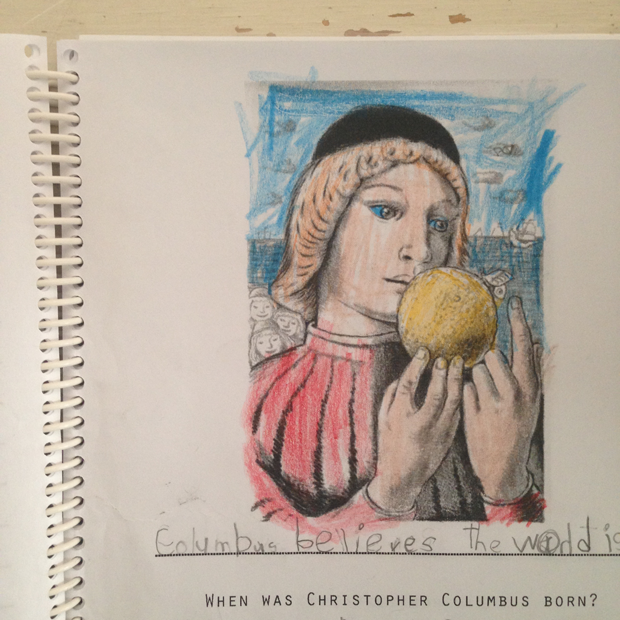

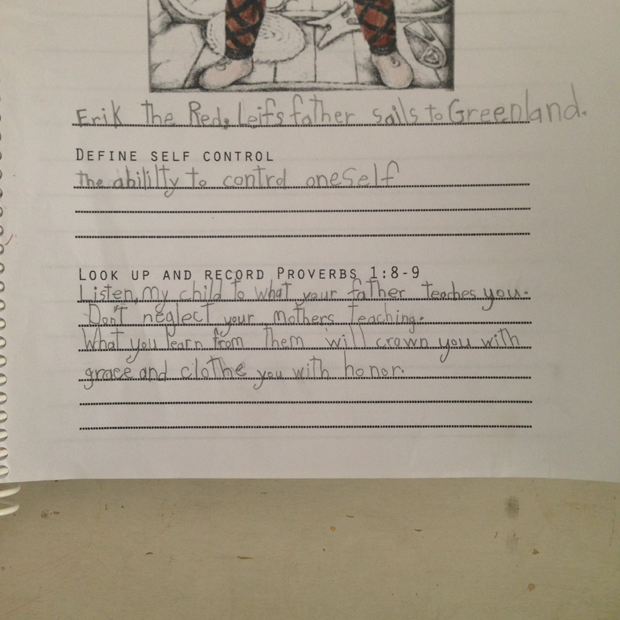
 I have really enjoyed the questions that the guide shares to stimulate conversations. A lot of them focus on the character of a person, and I am convinced that this is a powerful way for us to learn. In fact, it is
I have really enjoyed the questions that the guide shares to stimulate conversations. A lot of them focus on the character of a person, and I am convinced that this is a powerful way for us to learn. In fact, it is 